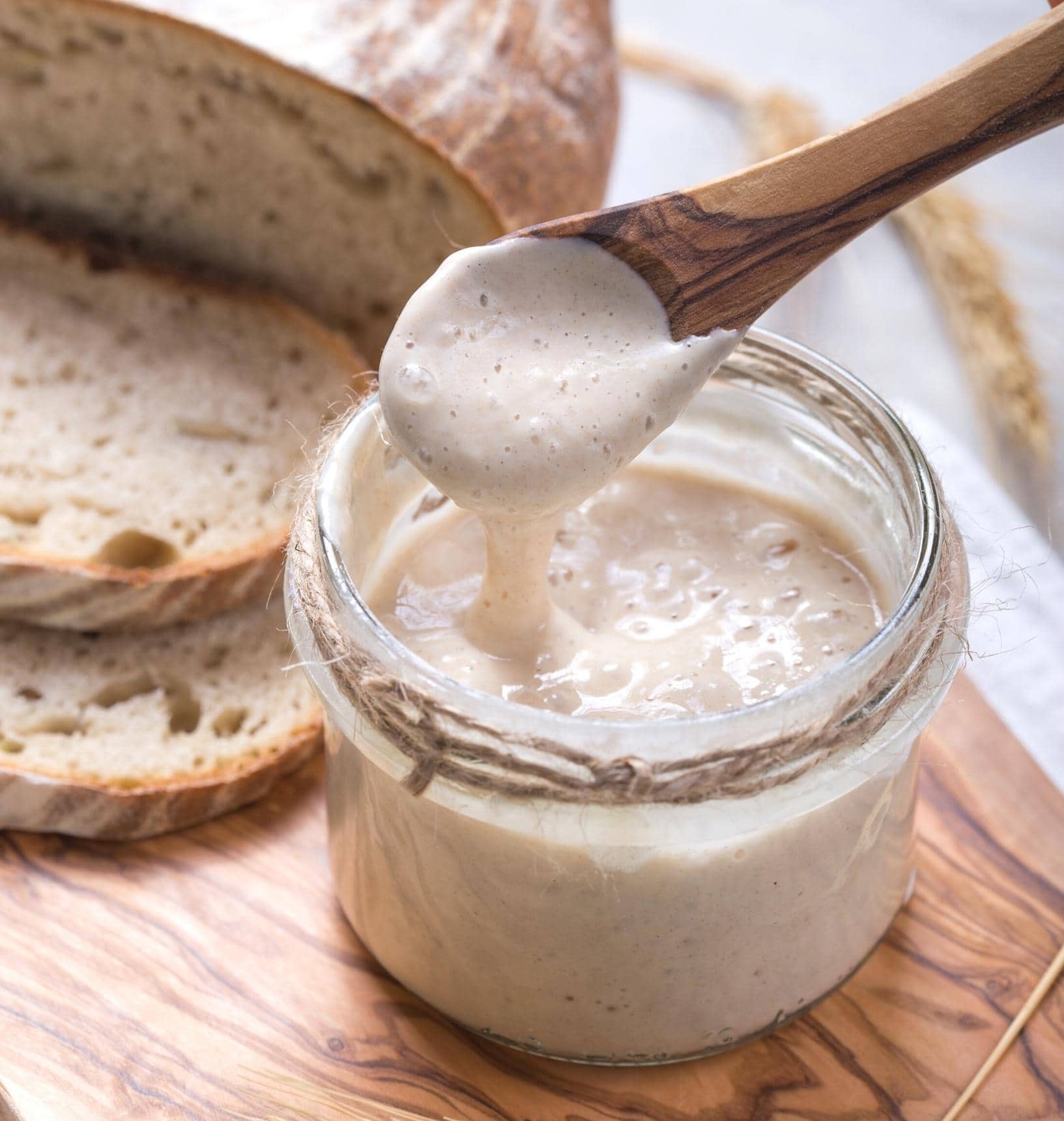

Articles
How To Store Sourdough Discard In The Fridge
Modified: January 8, 2024
Learn the best way to store your sourdough discard in the fridge in this informative article. Keep your discard fresh and ready to use!
(Many of the links in this article redirect to a specific reviewed product. Your purchase of these products through affiliate links helps to generate commission for Storables.com, at no extra cost. Learn more)
Introduction:
Have you recently started baking sourdough bread and found yourself with a surplus of sourdough discard? Don’t let that valuable byproduct go to waste! Sourdough discard refers to the portion of sourdough starter that is removed during the feeding process. It’s still full of flavor and can be used in a variety of recipes, from pancakes and waffles to crackers and breads. However, if you’re not able to use the discard immediately, it’s important to know how to store it properly to maintain its quality and freshness.
In this article, we’ll guide you through the process of storing sourdough discard in the fridge. Whether you’re an experienced sourdough baker or just starting out, these tips will help you make the most of your sourdough discard and reduce wastage.
Key Takeaways:
- Don’t let your sourdough discard go to waste! Store it in the fridge to reduce food waste, save time, and add incredible flavor to a variety of recipes. Embrace sustainability and elevate your culinary creations with tangy goodness.
- Properly prepare and store your sourdough discard in the fridge to maintain its freshness and quality. From pancakes and waffles to breads and crackers, get creative and make the most of this valuable byproduct in your baking adventures.
Read more: How To Store Sourdough Discard
Why Store Sourdough Discard
There are several reasons why you may want to consider storing your sourdough discard rather than discarding it outright. First and foremost, sourdough discard is still valuable and can be used in various recipes. By storing it, you can ensure that you have a ready supply of discard on hand whenever you need it.
Storing sourdough discard also allows you to reduce waste and make sustainable choices in the kitchen. Instead of throwing away the discard, which can contribute to food waste, you can repurpose it and use it in different recipes. This not only helps you make the most out of your sourdough starter, but it also aligns with environmentally conscious practices.
Another reason to store sourdough discard is that it can be a time-saver. By having discard readily available in the fridge, you can quickly incorporate it into your baking routine without the need to wait for freshly discarded starter. This can be especially convenient when you’re pressed for time or want to experiment with new recipes.
Furthermore, sourdough discard adds incredible flavor to various dishes. Its tangy, slightly sour taste can elevate the flavor profile of pancakes, waffles, crackers, and even breads. By storing the discard, you can add that distinct sourdough flavor to your recipes whenever desired.
Lastly, storing sourdough discard allows you to have a backup in case something goes wrong with your active sourdough starter. If your starter becomes contaminated or doesn’t perform as expected, you’ll have discard on hand to keep up with your baking endeavors while troubleshooting or restarting your starter.
Now that you understand the benefits of storing sourdough discard, let’s explore how to properly prepare it for storage.
Preparing the Sourdough Discard for Storage
Before storing your sourdough discard in the fridge, it’s important to prepare it properly to maintain its quality and prevent any issues. Follow these steps to ensure that your discard stays fresh and ready for use:
- Feed your sourdough starter: Before you collect the discard, make sure to feed your sourdough starter as usual. This ensures that the discard you collect is from a healthy, active starter.
- Collect the discard: Once your starter has been fed and is active, carefully collect the portion of discard that is needed according to your recipe. Use a clean spatula or spoon to remove the discard from the starter, making sure not to contaminate the remaining starter.
- Transfer to a clean container: Transfer the collected discard to a clean, airtight container. Glass jars or food-grade plastic containers work best for storing sourdough discard in the fridge. Ensure that the container is clean and dry before placing the discard inside.
- Label and date: It’s a good practice to label the container of sourdough discard with the date it was collected. This helps you keep track of its freshness and ensures that you use the oldest discard first.
- Remove excess air: Before sealing the container, press down gently to remove any excess air. This helps prevent oxidation and extends the shelf life of the discard.
By following these steps, you’ll be well-prepared to store your sourdough discard in the fridge. Next, let’s explore the different container options for refrigeration.
Container Options for Refrigeration
Choosing the right container for storing your sourdough discard in the fridge is crucial for maintaining its freshness and preventing any off-flavors or odors. Here are some container options to consider:
- Glass jars: Glass jars are an excellent choice for storing sourdough discard. They are non-reactive, meaning they won’t impart any flavors or odors to the discard. Plus, glass is easy to clean and sanitize, ensuring that your discard remains free from any contaminants.
- Food-grade plastic containers: If using glass jars is not feasible or practical for you, food-grade plastic containers can be a good alternative. Look for containers marked as safe for food storage. Make sure they have a tight-sealing lid to prevent any air or moisture from getting in.
- Plastic bags: Another option is to store your sourdough discard in sturdy, sealable plastic bags. This is a space-saving option, especially if you have limited fridge space. However, ensure that the bags are thick and leak-proof to avoid any mess or cross-contamination.
- Silicone storage bags: Silicone storage bags are a more environmentally friendly option compared to plastic bags. They are reusable, easy to clean, and can provide a good seal to keep your sourdough discard fresh. Just make sure the bags are food-grade and BPA-free.
Regardless of the container option you choose, ensure that it is clean and dry before transferring your sourdough discard. This helps maintain its quality and prevents contamination. Labeling the container with the date of collection is also essential for keeping track of freshness.
Now that you have your container ready, let’s move on to the process of storing sourdough discard in the fridge.
Store sourdough discard in a clean, airtight container in the fridge. Label it with the date and use within 7-10 days. It can also be frozen for longer storage.
Storing Sourdough Discard in the Fridge
Once you’ve prepared your sourdough discard and chosen a suitable container, it’s time to store it in the fridge. Follow these steps to ensure that your discard remains fresh and ready to use:
- Place the container in the fridge: Find a spot in your fridge where the temperature remains relatively stable. Avoid placing the discard near the back of the fridge where it may be subject to extreme cold or near the door where it may be exposed to temperature fluctuations.
- Keep it airtight: Ensure that the container is properly sealed to prevent any air or moisture from entering. This helps maintain the quality and prevent any off-flavors or odors from developing.
- Store away from strong-smelling foods: Sourdough discard can absorb odors easily, so it’s best to store it away from strong-smelling foods in the fridge. This prevents any flavors from transferring and keeps your discard fresh and flavorful.
- Use the oldest discard first: As you store multiple batches of sourdough discard, remember to use the oldest discard first. Labeling the containers with the collection date helps you stay organized and ensures that you rotate through your stored discard efficiently.
- Check for freshness: Before using your stored sourdough discard, perform a visual and sensory check. Look for any signs of mold, discoloration, or unusual odors. If everything seems normal, proceed with using the discard as desired.
By following these steps, you can confidently store your sourdough discard in the fridge, knowing that it will remain fresh and ready for your next baking adventure. But how can you make the most of your stored sourdough discard? Let’s explore some creative ways to use it next.
Read more: How To Store Discarded Sourdough Starter
Tips for Maintaining the Quality of Sourdough Discard in the Fridge
To ensure that your sourdough discard remains fresh and of high quality throughout its time in the fridge, here are some helpful tips to follow:
- Regularly discard and feed your starter: While you’re storing sourdough discard in the fridge, it’s important to maintain the health of your sourdough starter. Regularly discard a portion of your starter and feed it with fresh flour and water according to your sourdough feeding schedule. A healthy starter produces a high-quality discard.
- Store in small portions: Instead of storing all your discard in one large container, consider dividing it into smaller portions. This makes it easier to estimate and handle the amount you need for specific recipes, without having to thaw or use more than necessary.
- Freeze if not using frequently: If you don’t anticipate using the sourdough discard frequently, consider freezing it in portions. Freezing helps extend the shelf life of the discard and maintains its freshness. Be sure to use freezer-safe containers or resealable bags and label them with the date for easy reference.
- Rotate through the stored discard: As you collect and store fresh sourdough discard, make it a practice to use the oldest discard first. This prevents any discard from sitting in the fridge for too long and ensures that you maximize its freshness and flavor.
- Take note of any changes: If you notice any changes in color, odor, or texture of your stored sourdough discard, it’s best to err on the side of caution and discard it. Unusual changes may indicate spoilage or contamination, and it’s better to be safe than sorry.
Following these tips will help you maintain the quality of your sourdough discard and ensure that it is always ready and reliable for your baking needs. Now that you’re equipped with the knowledge of storing and maintaining sourdough discard, let’s explore some creative ways to use it in the kitchen.
Creative Ways to Use Sourdough Discard from the Fridge
When you have sourdough discard stored in the fridge, there’s no shortage of delicious and creative ways to utilize it in your cooking and baking. Here are some ideas to inspire you:
- Pancakes and Waffles: Sourdough discard adds a tangy flavor and a fluffy texture to pancakes and waffles. Simply substitute a portion of the liquid ingredients in your favorite pancake or waffle recipe with an equal amount of discard.
- Crackers and Flatbreads: Use sourdough discard to make flavorful crackers or flatbreads. Combine the discard with flour, salt, and any additional herbs or spices of your preference. Roll out the dough, cut into desired shapes, and bake until crispy.
- Breads and Rolls: Incorporate sourdough discard into your bread or roll recipes for a delightful tang and enhanced flavor. Replace a portion of the flour and liquid in the recipe with discard, adjusting the overall hydration as needed.
- Pizza Dough: Upgrade your homemade pizza dough by incorporating sourdough discard. The discard adds depth of flavor and improves the texture of the crust. Try replacing a portion of the yeast and water in your pizza dough recipe with an equal amount of discard.
- Sourdough English Muffins: Make your own sourdough discard English muffins for a delicious breakfast treat. Combine discard, flour, milk, and a touch of sugar and let the dough rise before cooking on a griddle until golden brown.
- Sourdough Biscuits: Add a tangy twist to classic biscuits by including sourdough discard in the dough. The discard contributes to a tender and flavorful biscuit that pairs well with breakfast, soups, or stews.
- Sourdough Pretzels: Use your sourdough discard to make soft and chewy homemade pretzels. The discard helps give the pretzels a unique tanginess, perfect for dipping in mustard or cheese sauce.
- Sourdough Crackling: Turn your sourdough discard into a crunchy snack! Spread a thin layer of discard on a baking sheet and bake at a low temperature until dry and crispy. Break it into pieces and enjoy as a delicious, tangy snacking option.
These are just a few ideas to get you started, but feel free to get creative and experiment with your sourdough discard. From cakes and muffins to cookies and even ice cream, there’s no limit to the culinary possibilities!
Now that you know how to use your sourdough discard creatively, let’s wrap up this article.
Conclusion
Storing sourdough discard in the fridge is a fantastic way to make the most of this valuable byproduct and reduce waste in your baking routine. By following proper preparation techniques, choosing suitable containers, and implementing tips for maintaining its quality, you can ensure that your sourdough discard remains fresh and ready to use for a variety of delicious recipes.
From pancakes and waffles to breads and crackers, there are countless creative ways to incorporate sourdough discard into your cooking and baking. The tangy flavor and unique texture it brings can elevate your dishes and add a delightful twist to your favorite recipes.
Remember to experiment, try new ideas, and don’t be afraid to get creative with your sourdough discard. Explore different flavors, textures, and combinations to unlock its full potential and enjoy the rewards of your sourdough baking journey.
With these tips and ideas in mind, you can confidently store and utilize your sourdough discard, making the most out of your sourdough starter and embracing a sustainable approach in your kitchen.
So the next time you find yourself with sourdough discard, don’t discard it – store it! Your fridge will become a treasure trove of possibilities, ready to enhance your culinary adventures and bring a touch of tangy goodness to your creations.
Happy baking!
Frequently Asked Questions about How To Store Sourdough Discard In The Fridge
Was this page helpful?
At Storables.com, we guarantee accurate and reliable information. Our content, validated by Expert Board Contributors, is crafted following stringent Editorial Policies. We're committed to providing you with well-researched, expert-backed insights for all your informational needs.
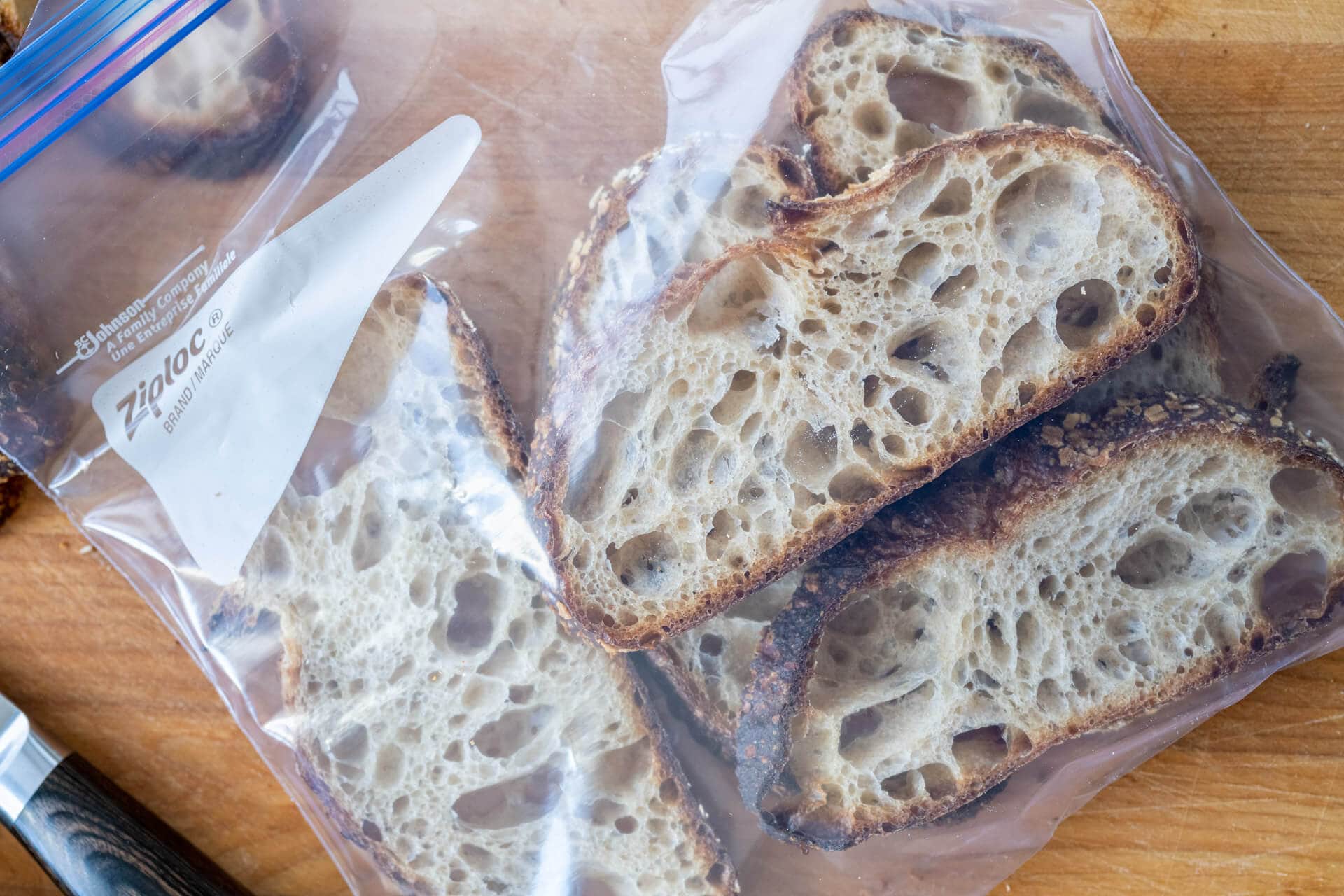
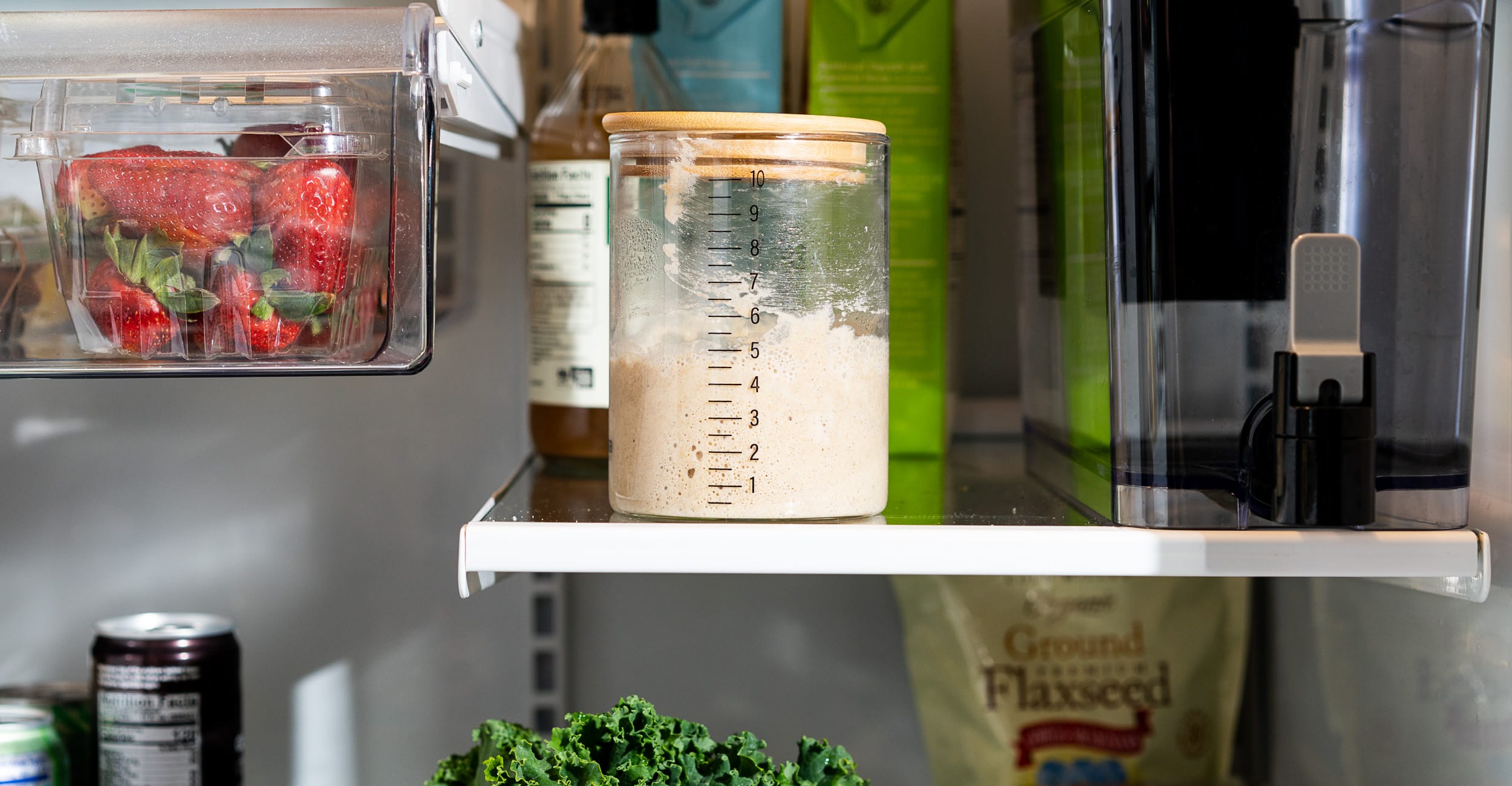
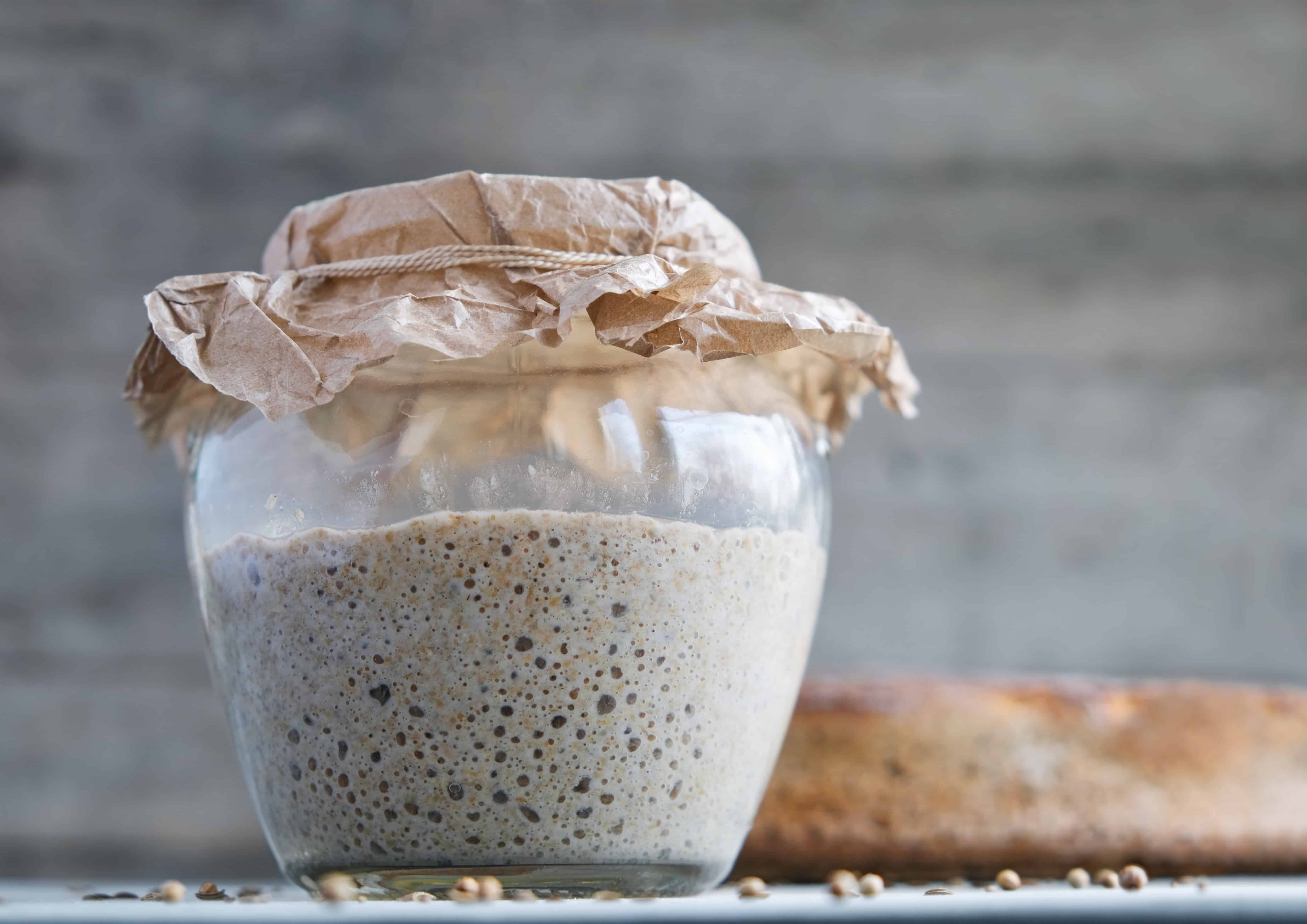
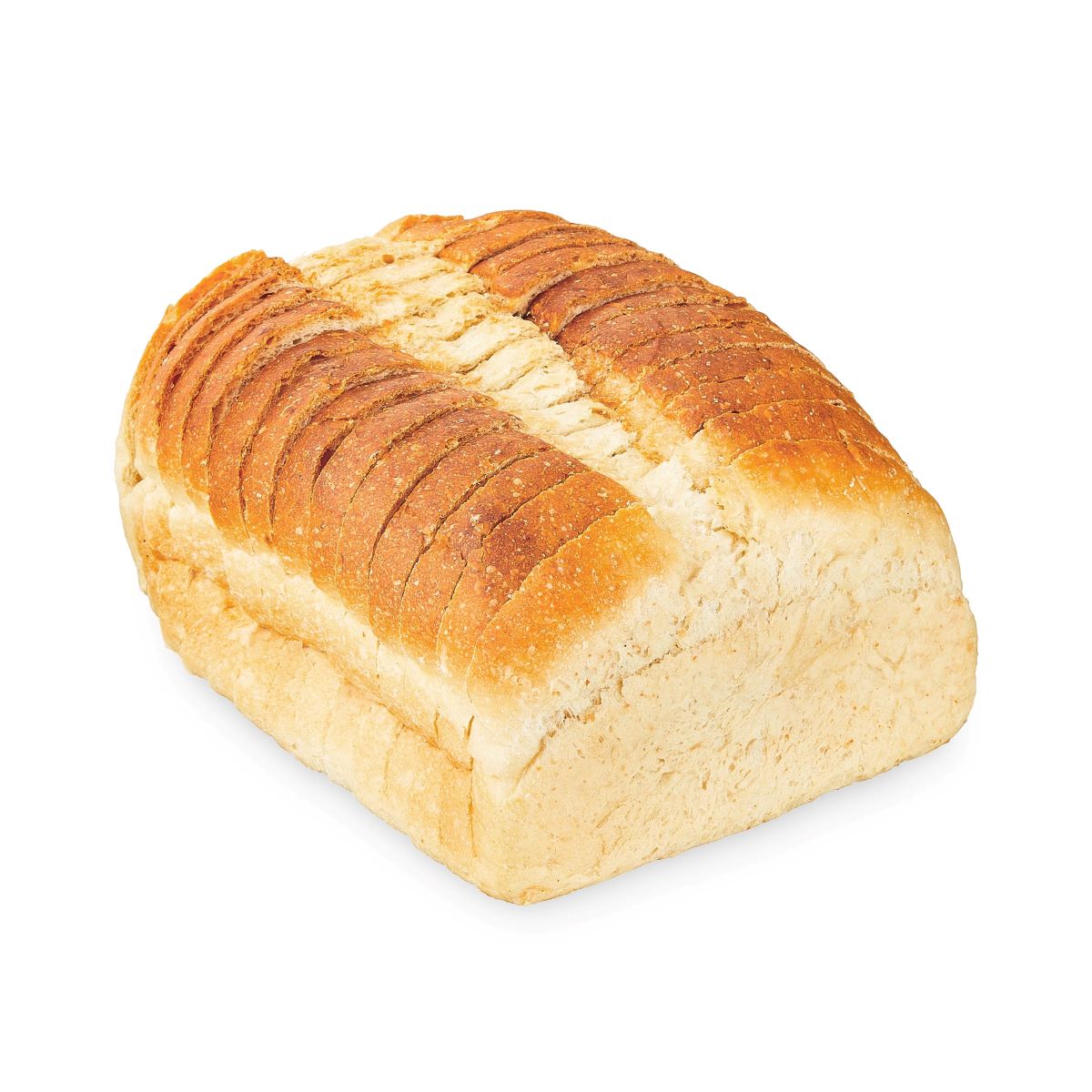
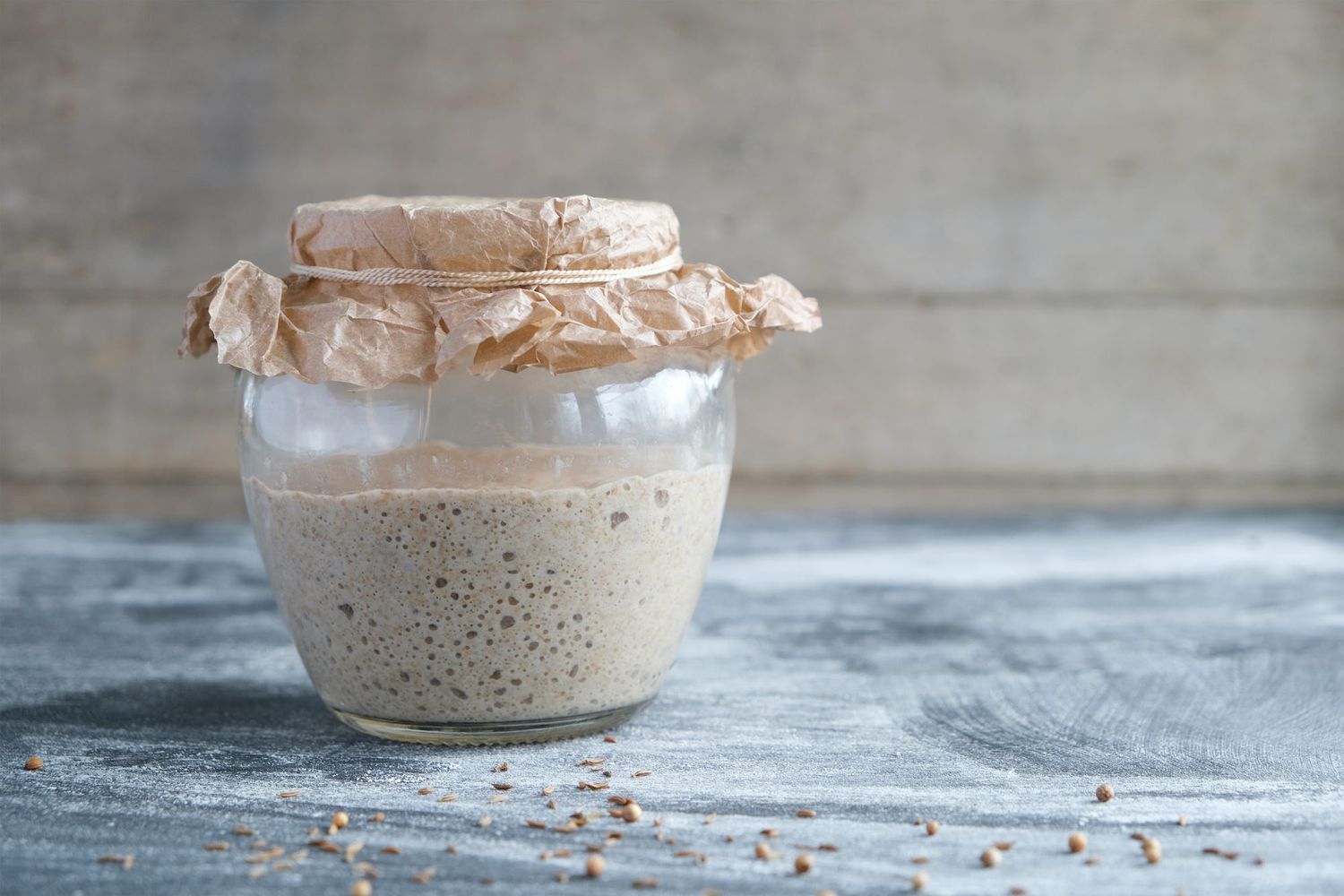
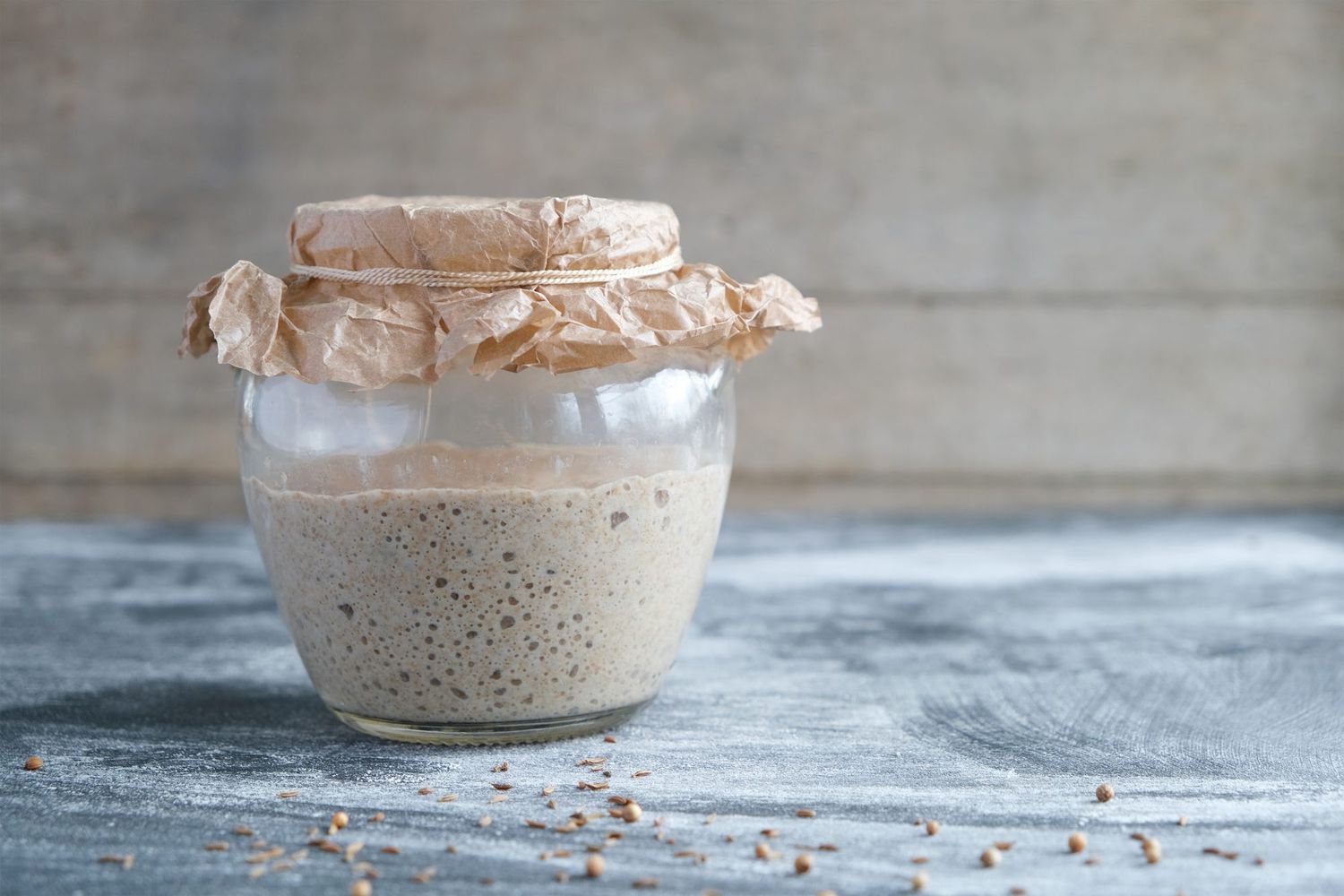
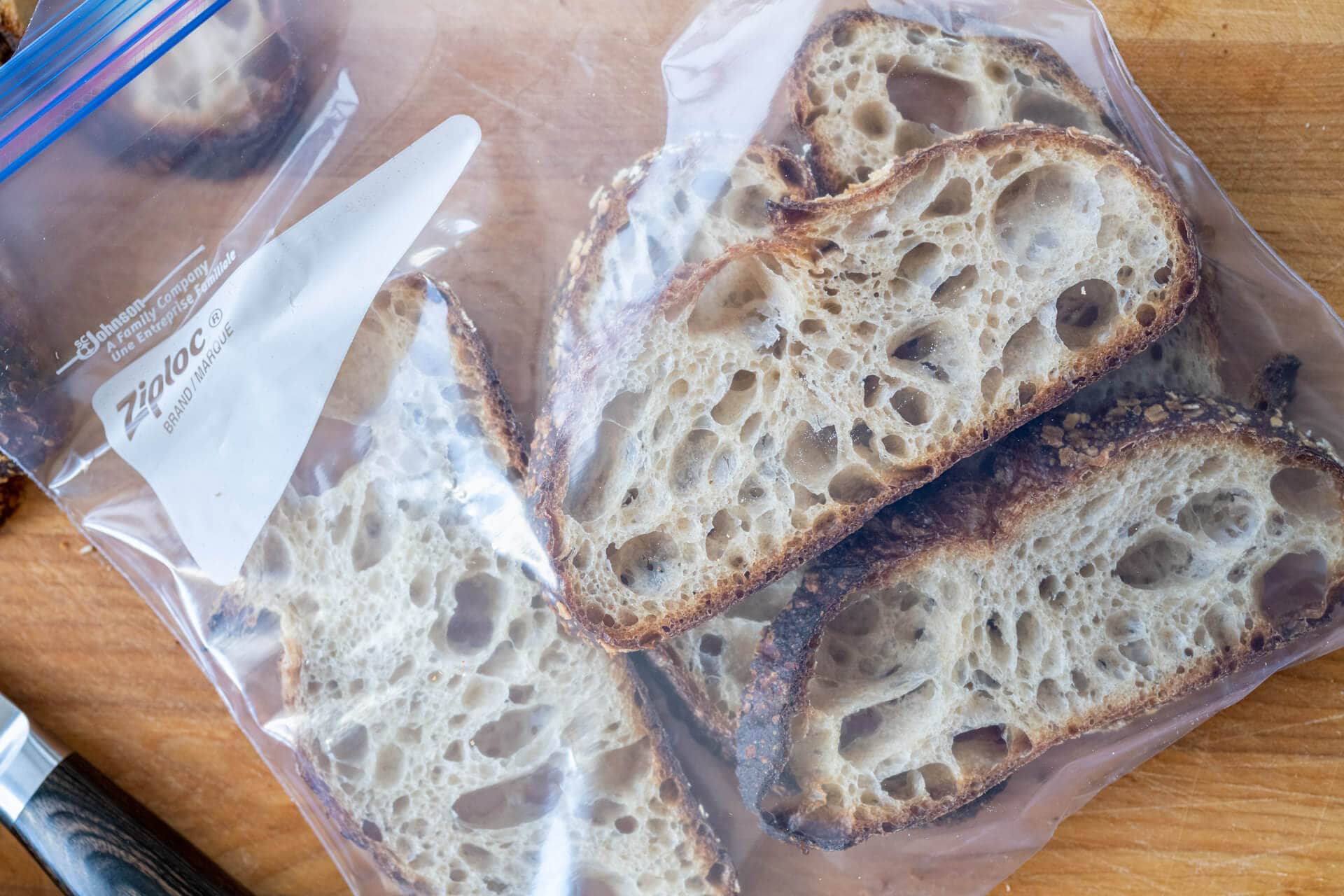
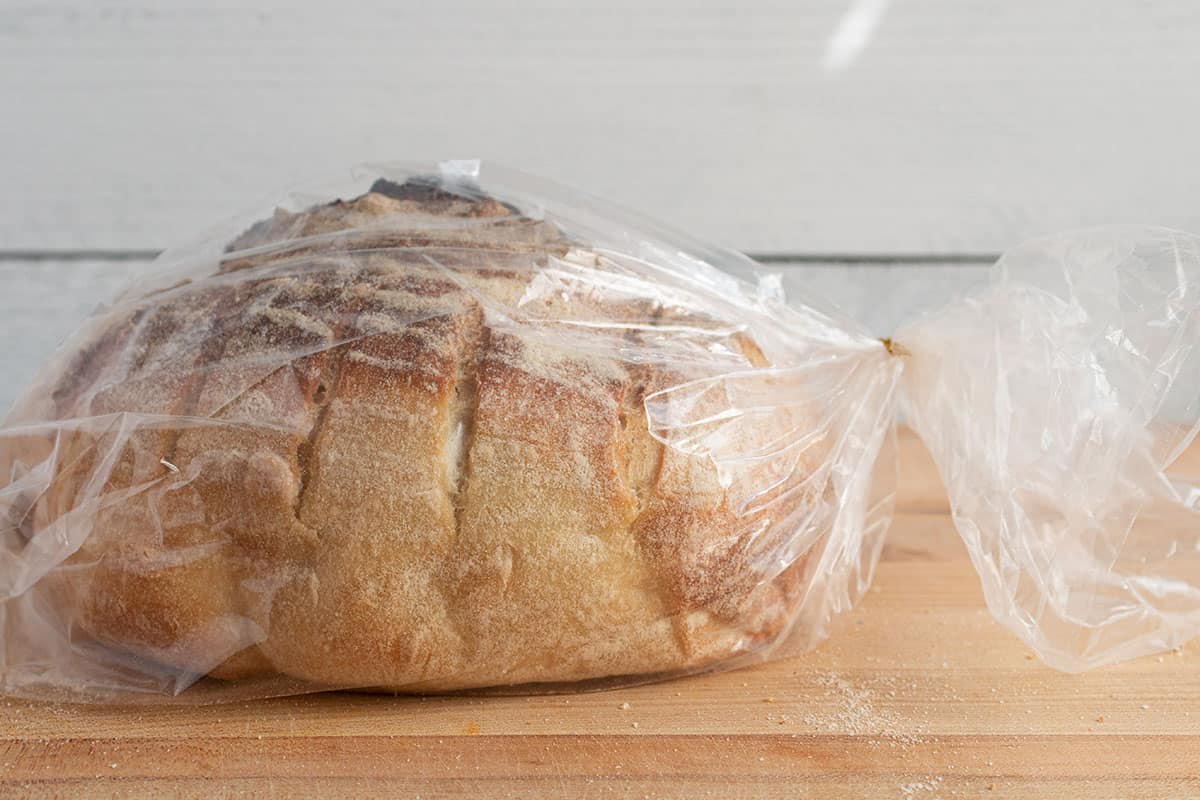
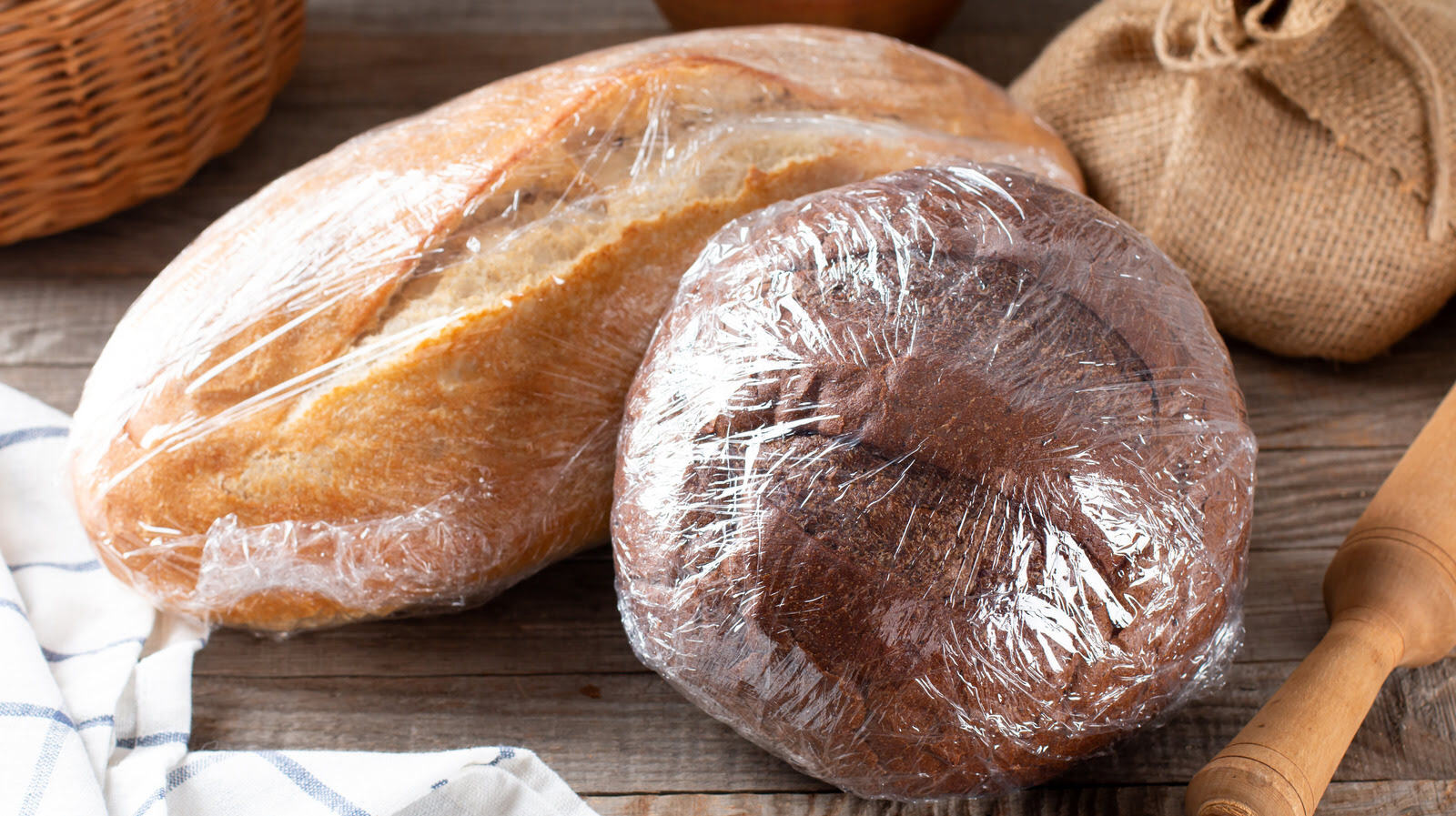
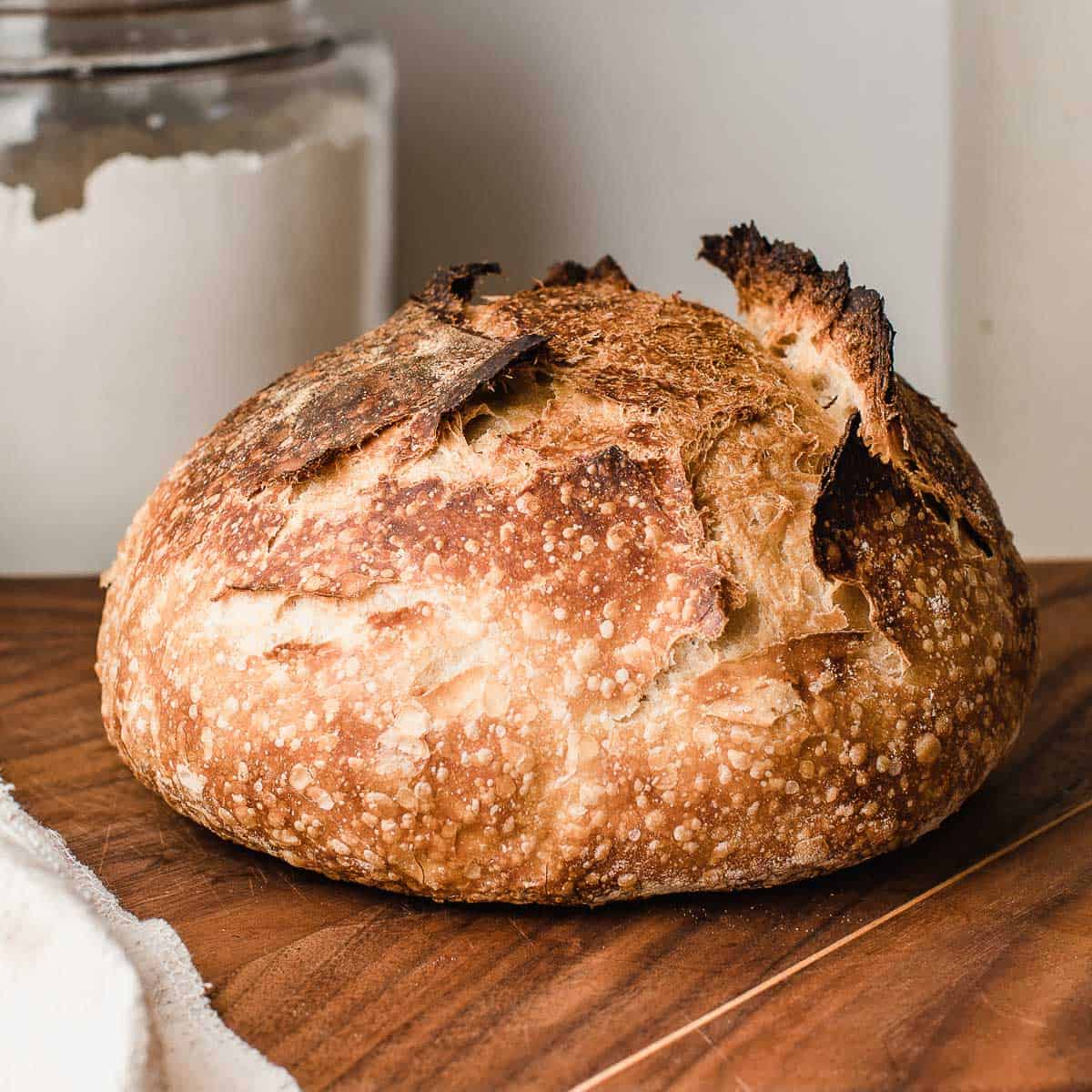
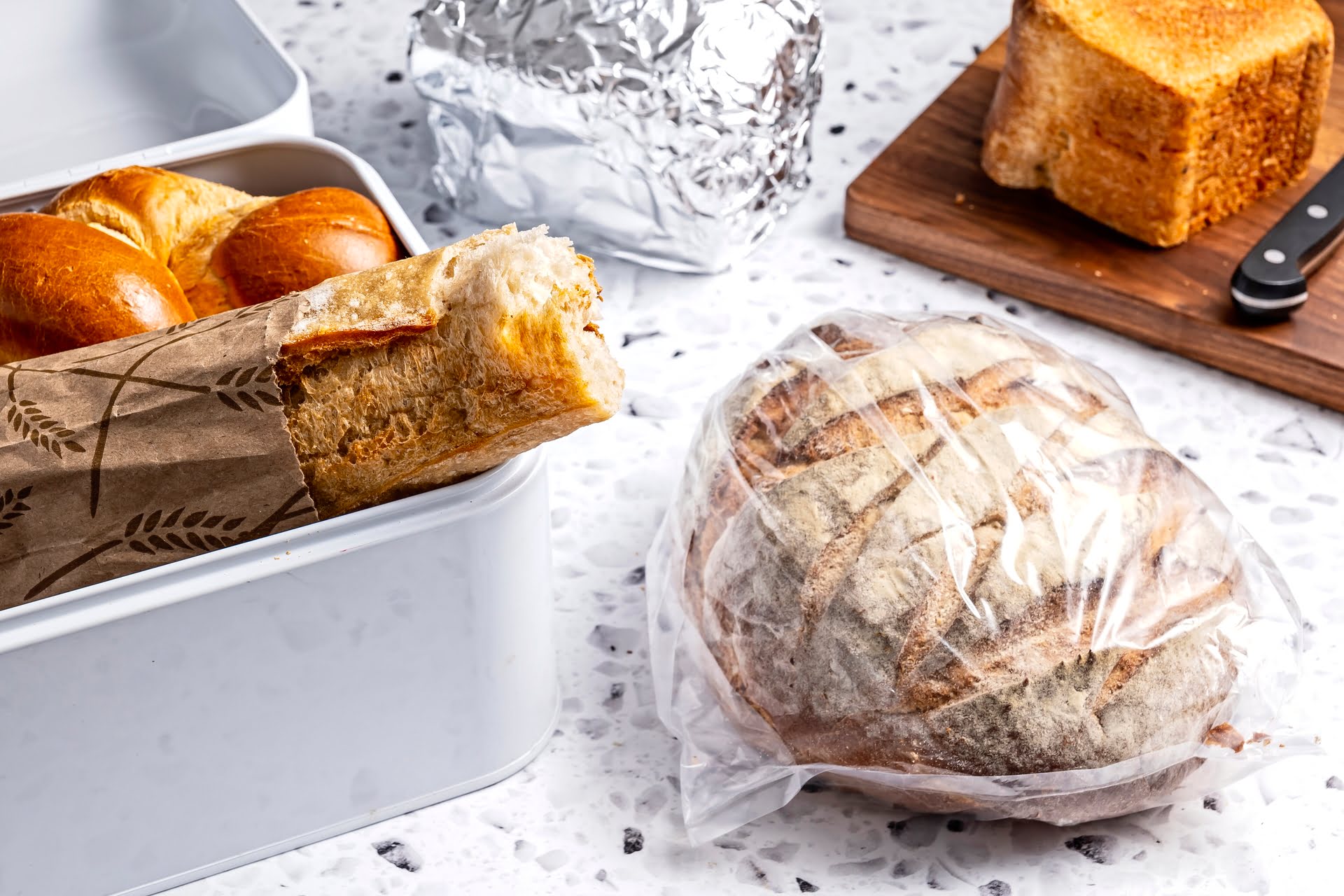
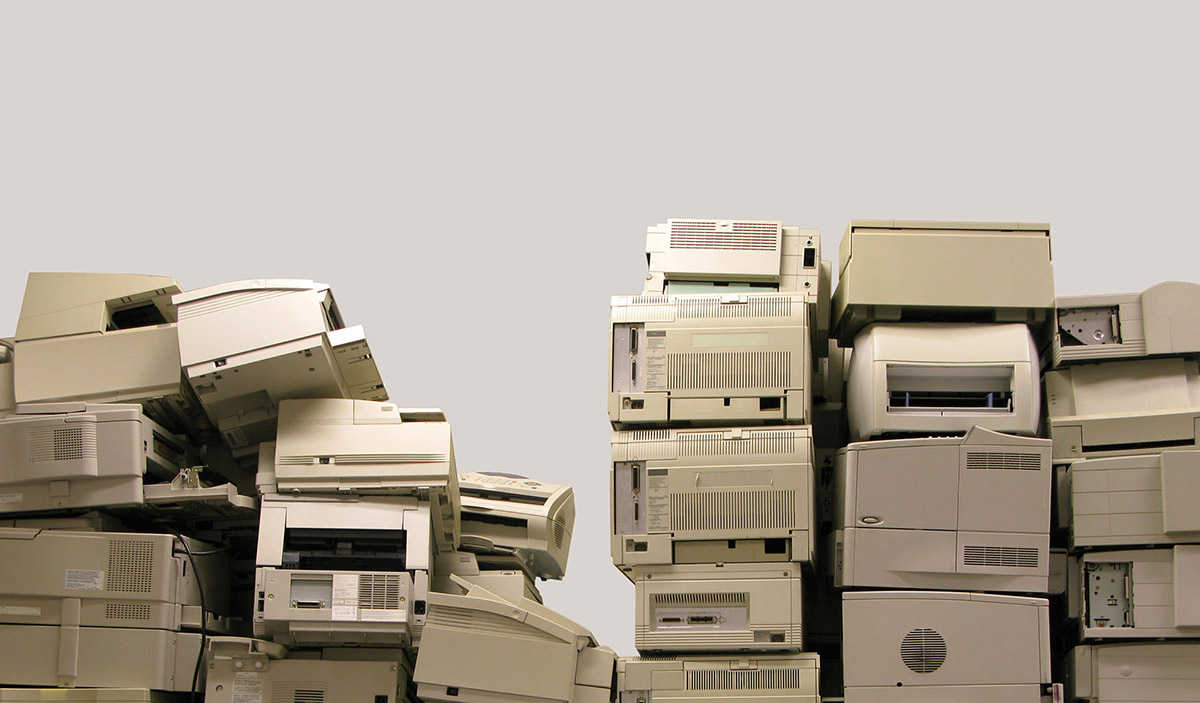

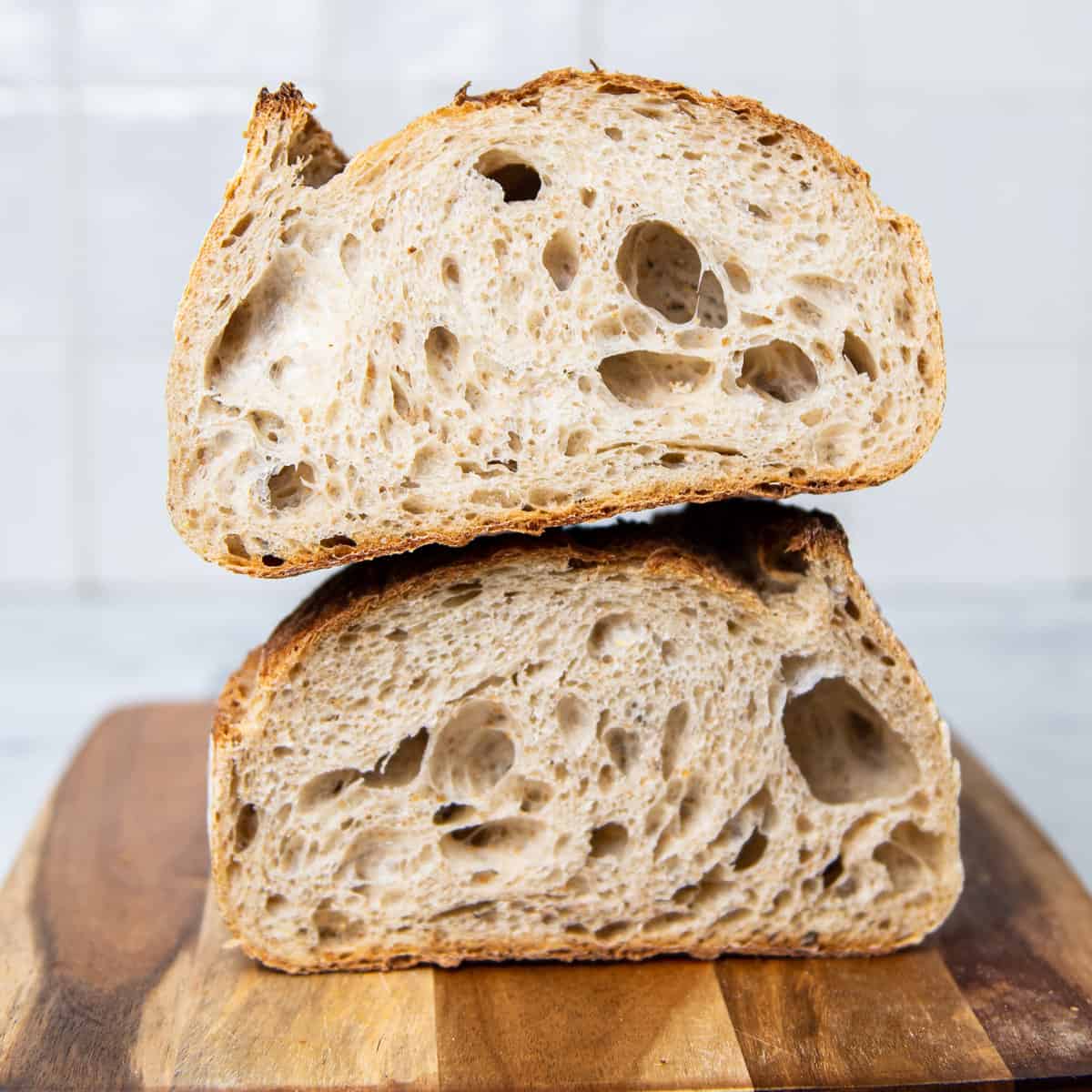

0 thoughts on “How To Store Sourdough Discard In The Fridge”